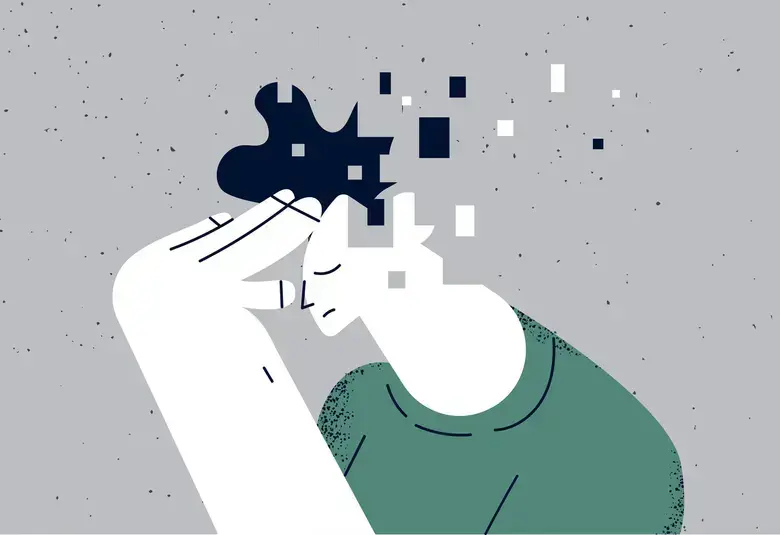The day started early for the attendees of this symposium; not only because it started at 8 am, but because the clocks were shifted forwards by 1 hour in the night. Those who had remembered that fact and made it to the conference centre on time were rewarded with a stimulating set of presentations looking at some of the preclinical and clinical data on the relevance of serotonin to psychiatric disease and its treatment.
I can’t stop pushing this button
First up was Professor Trevor Robbins of the University of Cambridge in the UK. He highlighted some of the effects of serotonin depletion in humans and animal models. In behavioural inhibition tasks, depletion of serotonin increased impulsivity when subjects (animals or human) were having to wait to make a response and inhibiting behaviour during that waiting period. Increased impulsivity as a result of serotonin depletion was also shown when subjects were confronted with a punishing stimulus – they were much more likely to respond to stimuli associated with punishment than in the non-depleted state. In addition to these effects on impulsivity, serotonin depletion led to apparently compulsive effects in tasks where subjects were required to reverse learned behaviour, meaning that subjects tended to perseverate in responding to a previously rewarded response, rather than switching to the new correct response. Importantly, these results have been replicated in both humans and animal models, providing a robustness to these findings and increasing their applicability to psychiatric disorders.
Free your mind
Dr Rainer Krähenmann of the University of Zurich discussed the evidence that is available from studies of hallucinogens. The serotonergic agents are thought to act at the 5HT2A receptor, and, despite different chemical structures, they all produce similar subjective effects. Studies between the 1950s and 1970s on the effects of hallucinogens in so-called psycholytic therapy – mind-loosening therapy to facilitate psychotherapy – showed marked improvements in patients’ symptoms of depression and anxiety. More recently, the focus of hallucinogen testing has been on the negative emotional bias that patients with depression show. This is related to hyperactivity in the amygdala and anterior cingulate cortex, which can be reduced by antidepressant medication, leading to a reduction in the symptoms of depression. Psilocybin produced a reduction in reactivity of the amygdala to negative emotional stimuli, and an increase in positive mood state. Both of these features seem to needed to induce a treatment response and remission from depression. Dr Krähenmann proposed, therefore, that these hallucinogens may have a place, in the future, as in the past, in the treatment of depression and anxiety.
I don’t want to play with you
A deficit in social cognition is one of the core symptoms of many psychiatric disorders, but there is currently no effective treatments for this condition, said Dr Katrin Preller, of the University of Zurich. Dr Preller reported results of their study from Zurich, in which the effects of psilocybin on social cognition and empathy were tested in healthy volunteers. Exclusion from a simple online game led to activation of the anterior cingulate cortex, a region associated with the so-called ‘social pain signal’. This pain signal is increased in patients with psychiatric disorders such as depression. When they were given psilocybin, the test volunteers reported that they felt less socially excluded, and the social pain signal in the cingulate was attenuated. On the other hand, psilocybin increased these participants’ emotional empathy. Dr Peller concluded that the serotonergic system, specifically the 5HT1A and -2A receptors may play a role in normalising the exaggerated negative response to social exclusion and the deficits in empathy that are seen in patients depression. This information may point to new pharmacological targets for the treatment of psychiatric disorders.
Stimulating a response
Further targets for treatment approaches were proposed by Prof Rupert Lanzenberger from here in Vienna. He reported the results from two trials of different antidepressant treatments on serotonergic markers. In one study, greater availability of the serotonin transporter in terminal regions of the serotonergic system (such as limbic areas, the orbitofrontal cortex and anterior cingulate cortex) was associated with better antidepressant outcomes on the Hamilton Depression scale following SSRI treatment. Similarly electroconvulsive therapy produced a reduction in the Hamilton Depression scale and a reduction in 5HT1A receptor binding that was most pronounced in the anterior cingulate cortex, the orbitofrontal cortex, and limbic areas associated with depression. Thus, these two different treatments appeared to have a common target of the serotonergic system. In discussing these results, Prof Lanzenberger stressed the need to interpret the data on serotonergic effects in depression not just in terms of changes in neurotransmission in particular brain areas or at particular receptors, but to think in terms of changes in integrated networks of neural activation.



